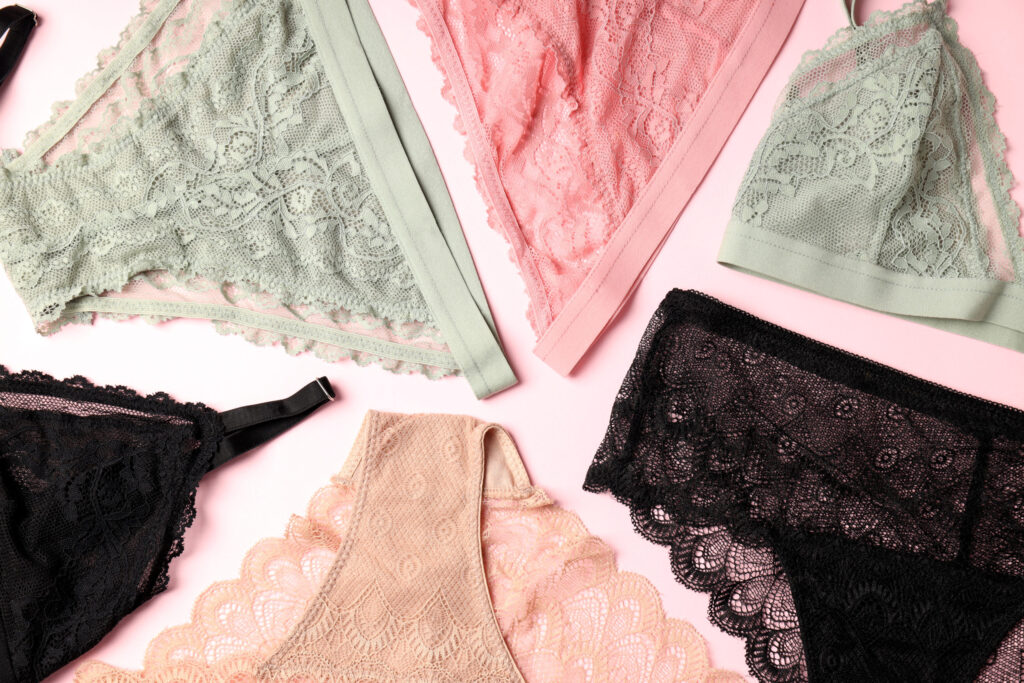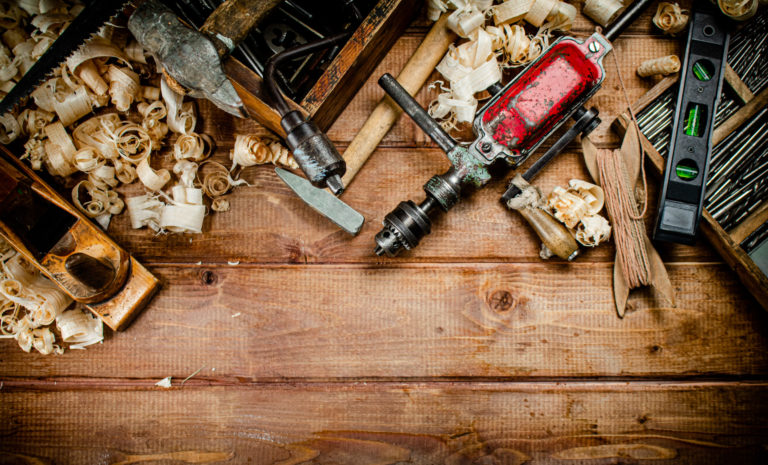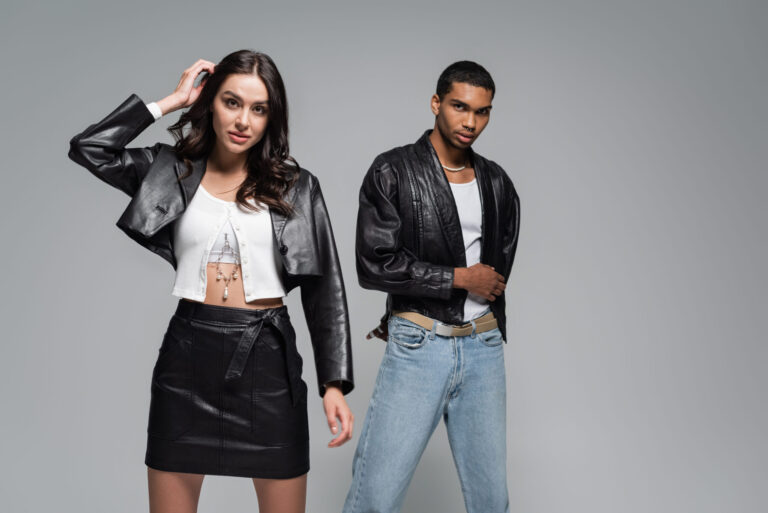5000 BC: Loincloths
The use of loincloths can be traced back to ancient times, with the earliest examples dating back to around 5000 BC. These early ancient loincloths were likely made from simple pieces of cloth or animal skin and were likely used more for functional purposes than for fashion. However, as time progressed, loincloths began to be made from more elaborate fabrics and were often decorated with beads or other adornments. While loincloths were once widely worn by both men and women in many different cultures, they are now most commonly associated with indigenous peoples or those living in tropical climates.Middle Ages: Chemises
The chemise is a basic undergarment that was worn by women during the Middle Ages. It was usually made of a simple, lightweight fabric like linen or wool and was designed to be comfortable and practical. The chemise was typically worn under a dress or other outerwear and served to protect the wearer’s clothing from body oils and sweat. The chemise was an important part of a woman’s wardrobe during the Middle Ages and was often seen as a symbol of modesty and chastity. In some cultures, the chemise was also believed to have magical properties and was used to ward off evil spirits. The chemise was a simple garment, but it played a vital role in a woman’s life during the Middle Ages.Renaissance: Corsets
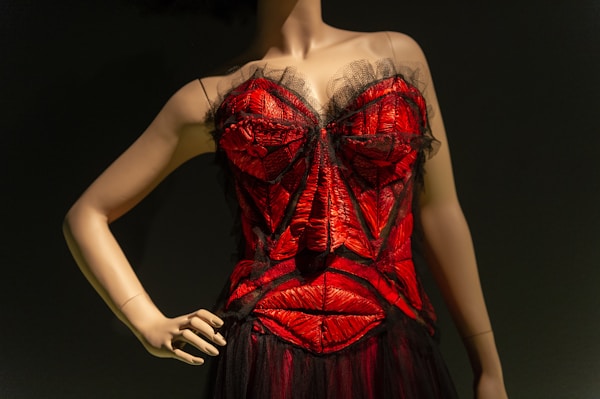
The 1800s: Petticoats and Pantaloons

The 1920s: Lingerie

The 1980s: Bikini Briefs and Thongs
Bikini briefs and thongs became popular in the 1980s as women sought to show off their bodies in a more sexy way. These styles of underwear allowed women to do just that, as they hugged the body in all the right places and left little to the imagination. While thongs became especially popular in the 1990s, bikini briefs continued to be a staple in many women’s underwear collections throughout the years.Today: Spanx, Underwear, and Boxers
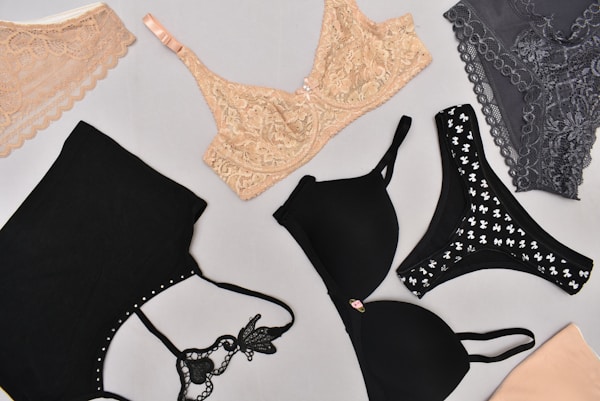
Interested in the evolution of women’s underwear throughout history? Delve into the fascinating journey of women’s undergarments and their cultural significance:
Force Protection – What Career You Should Have If You Were Born on a Cusp: Explore how the evolution of women’s underwear reflects changing societal norms and expectations, influencing individuals’ career choices and personal expressions. Gain insights into the intersection of fashion, culture, and identity through the lens of women’s undergarments throughout history.
Force Protection – Can You Wear Hearing Aids While Hunting?: Discover the functional aspects and design innovations of women’s underwear across different historical periods, from ancient loincloths to modern lingerie. Explore the impact of technological advancements and social trends on the evolution of women’s undergarments and their role in shaping fashion trends.
Force Protection – 3 Reasons to Write a Letter to Someone in Jail: Delve into the cultural and societal implications of women’s underwear throughout history, including its role in defining femininity, modesty, and social status. Explore how women’s undergarments have reflected and challenged societal norms and expectations over time, shaping perceptions of beauty and body image.
Force Protection – What to Expect at an Electronic Dance Music Festival: Intrigued by the cultural significance of women’s underwear and its portrayal in popular culture? Explore how lingerie has been depicted in art, literature, and media, influencing perceptions of sexuality, desire, and empowerment. Gain insights into the evolving representation of women’s bodies and sexuality through the lens of lingerie.
Force Protection – Are You Being Catfished? Here’s How to Tell: Curious about the impact of women’s underwear on self-expression and body image? Explore the relationship between lingerie and confidence, as well as the role of intimate apparel in enhancing self-esteem and promoting body positivity. Discover how women’s underwear has evolved to cater to diverse tastes, preferences, and identities, empowering individuals to embrace their unique beauty.
Embark on a journey through time and culture to uncover the rich history and significance of women’s underwear, from ancient loincloths to modern lingerie, and beyond.

